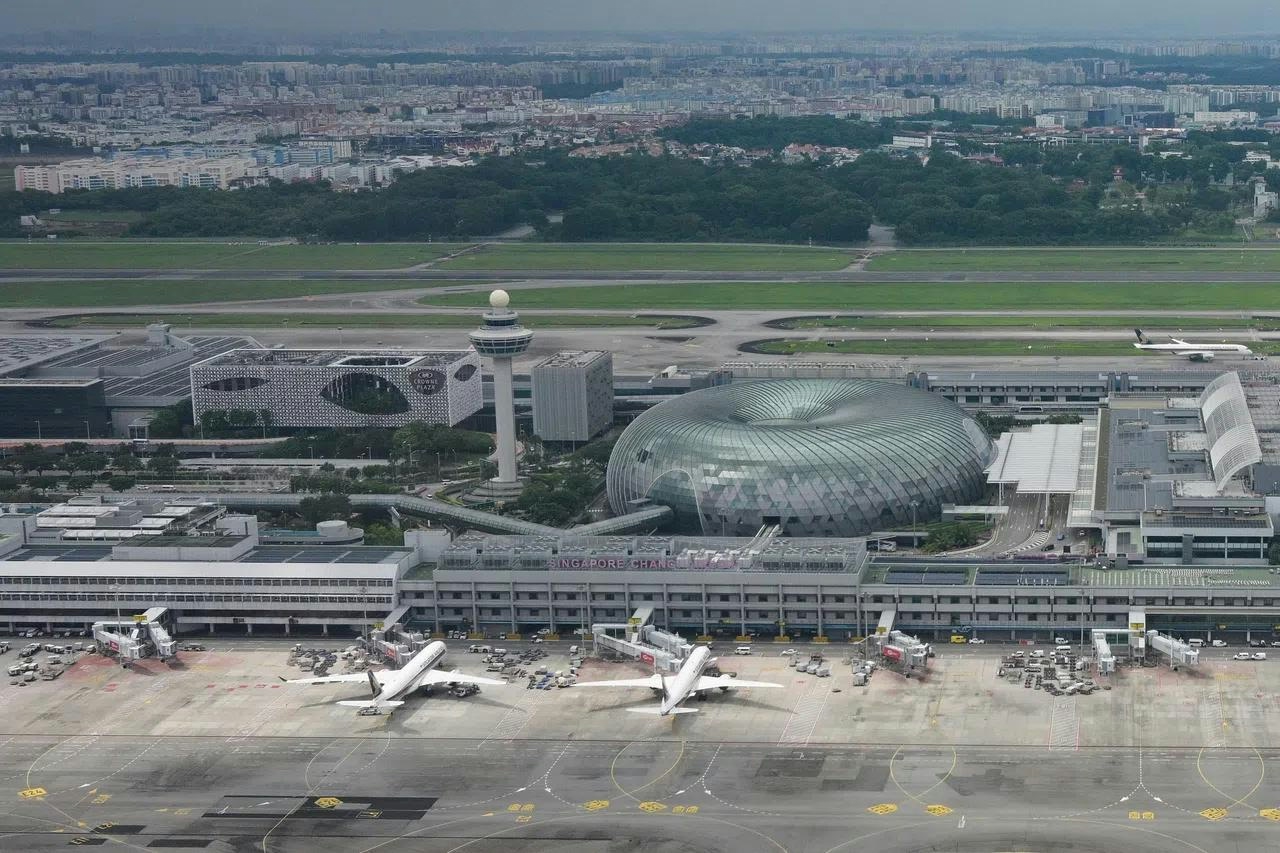
AeroGenie – Ihr intelligenter Copilot.
Trends
Categories
Lufthansa to Resume Airbus A380 Flights to Denver in 2026
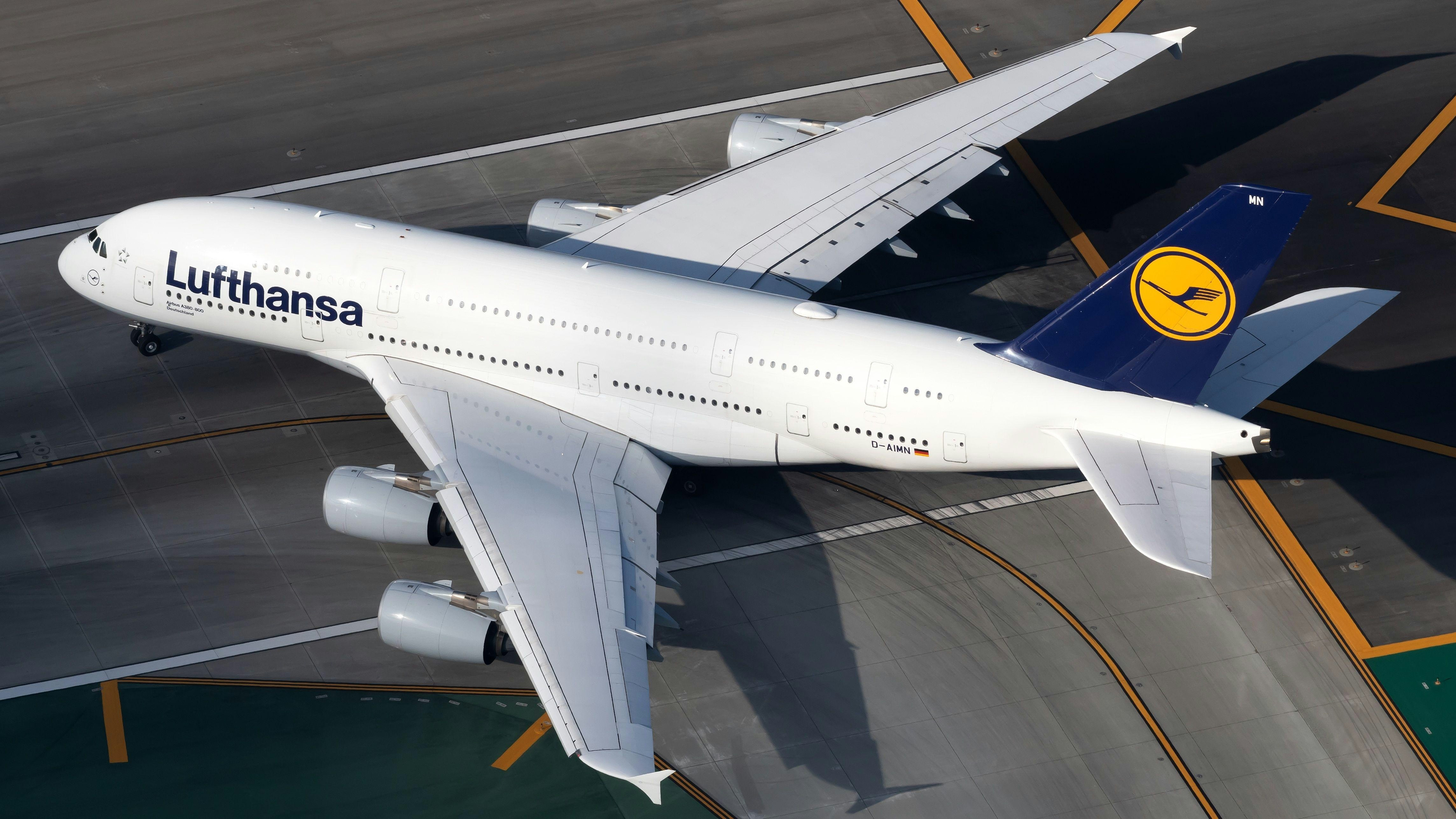
Lufthansa to Resume Airbus A380 Flights to Denver in 2026
Lufthansa has announced the return of its Airbus A380 service between Denver International Airport (DIA) and Munich Airport (MUC) for the 2026 summer season, following a highly successful deployment in 2025. The airline confirmed the resumption shortly after the final A380 flight of the year arrived in Denver on October 24, 2025, concluding a six-month period marked by strong passenger demand that led to an extension of the original schedule.
Renewed Service and Milestones
The reinstated A380 flights are scheduled to commence on June 9, 2026, aligning with two significant anniversaries: the 25th year of Lufthansa’s Denver–Frankfurt route and the tenth anniversary of nonstop Denver–Munich service. During the 2025 season, Lufthansa operated nearly 350 flights between Munich and Denver, with the A380 contributing to a 6% increase in total passenger traffic at Denver International Airport, according to local reports. Dirk Janzen, Lufthansa Group Vice President for Passenger Sales for The Americas, emphasized the strategic rationale behind the decision, highlighting the benefits of deploying a larger aircraft with greater capacity to meet summer demand on this transatlantic route.
The Airbus A380 in Lufthansa’s Fleet
Lufthansa was among the pioneering airlines to introduce the Airbus A380 and currently operates eight of the fourteen aircraft it has owned since the model’s launch. The COVID-19 pandemic necessitated the temporary grounding of the A380 fleet, but all eight aircraft have since returned to active service. The A380 offers several operational advantages, including a 12% reduction in fuel consumption per seat compared to other widebody aircraft such as the Airbus A330, Boeing 777, and 747. Additionally, it is approximately 30% quieter than many large intercontinental jets. The aircraft’s upper deck is renowned for its exceptionally quiet cabin environment and features an innovative air humidification system. Its premium cabins include eight first-class seats with spacious lavatories, enhanced business class workspaces, and premium economy and economy sections distributed across both decks.
Strategic Fleet Modernization and Industry Context
Lufthansa’s decision to reinstate A380 flights to Denver occurs amid broader strategic efforts to simplify and modernize its long-haul fleet. The airline plans to retire six types of long-haul aircraft by 2030, focusing on newer, more efficient models such as the Airbus A350 and Boeing 787-9. This fleet renewal strategy is expected to influence future route planning and operational decisions. Industry analysts observe that such moves may trigger competitive dynamics, particularly given past tensions with rival carriers like Emirates, which has accused competitors of undermining the A380’s market position.
While Lufthansa continues to operate both the A380 and Boeing 747 on transatlantic routes, these iconic aircraft are approaching the end of their service lives. The airline’s 747-400s are over 25 years old, the 747-8s average 12 years, and the A380s are just under 14 years old. The return of the A380 to Denver thus reflects both a response to sustained passenger demand and the evolving landscape of global aviation.
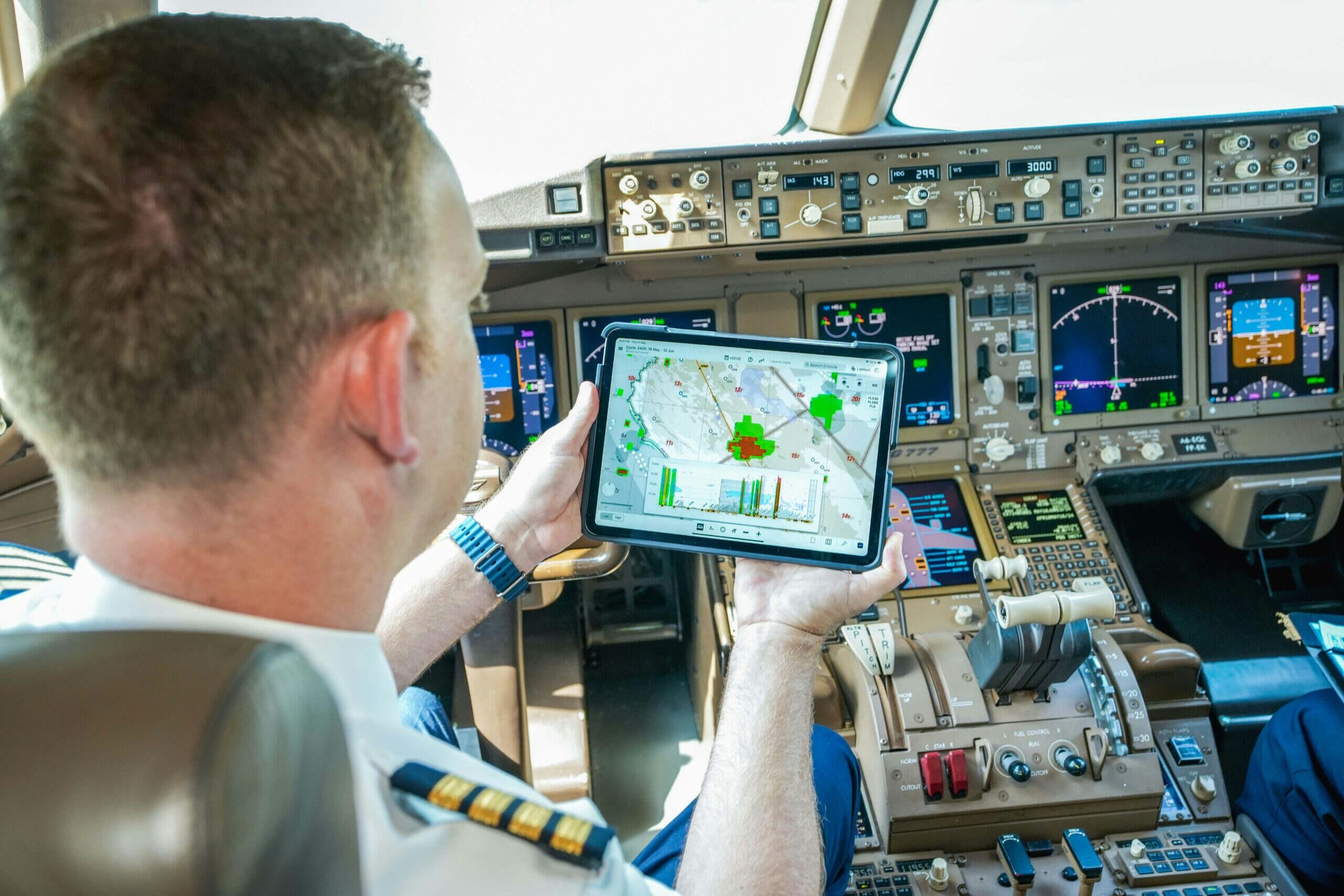
Emirates Uses AI and Real-Time Data to Reduce Turbulence
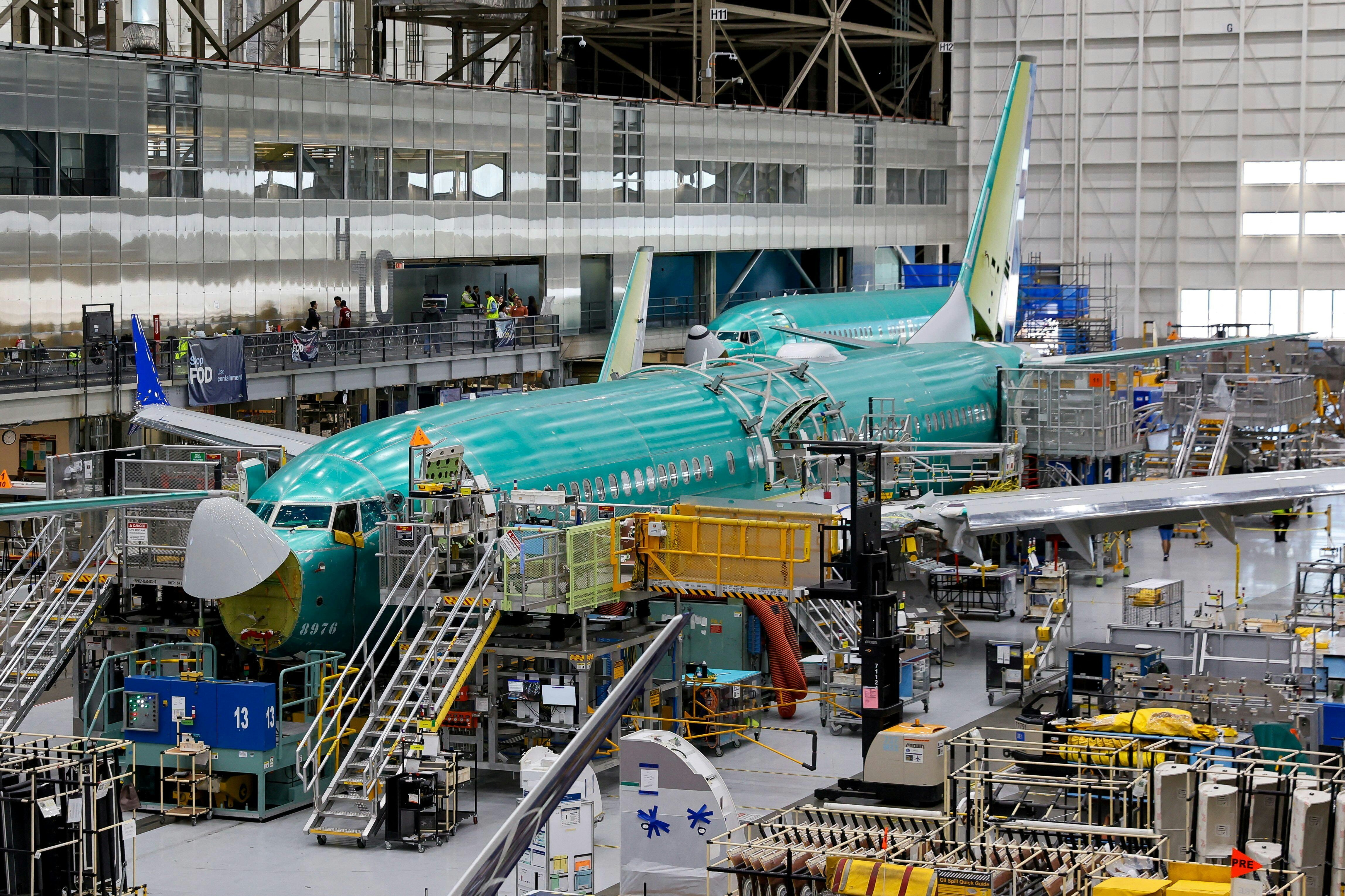
China Development Bank Financial Leasing Invests $860 Million in CDB Aviation
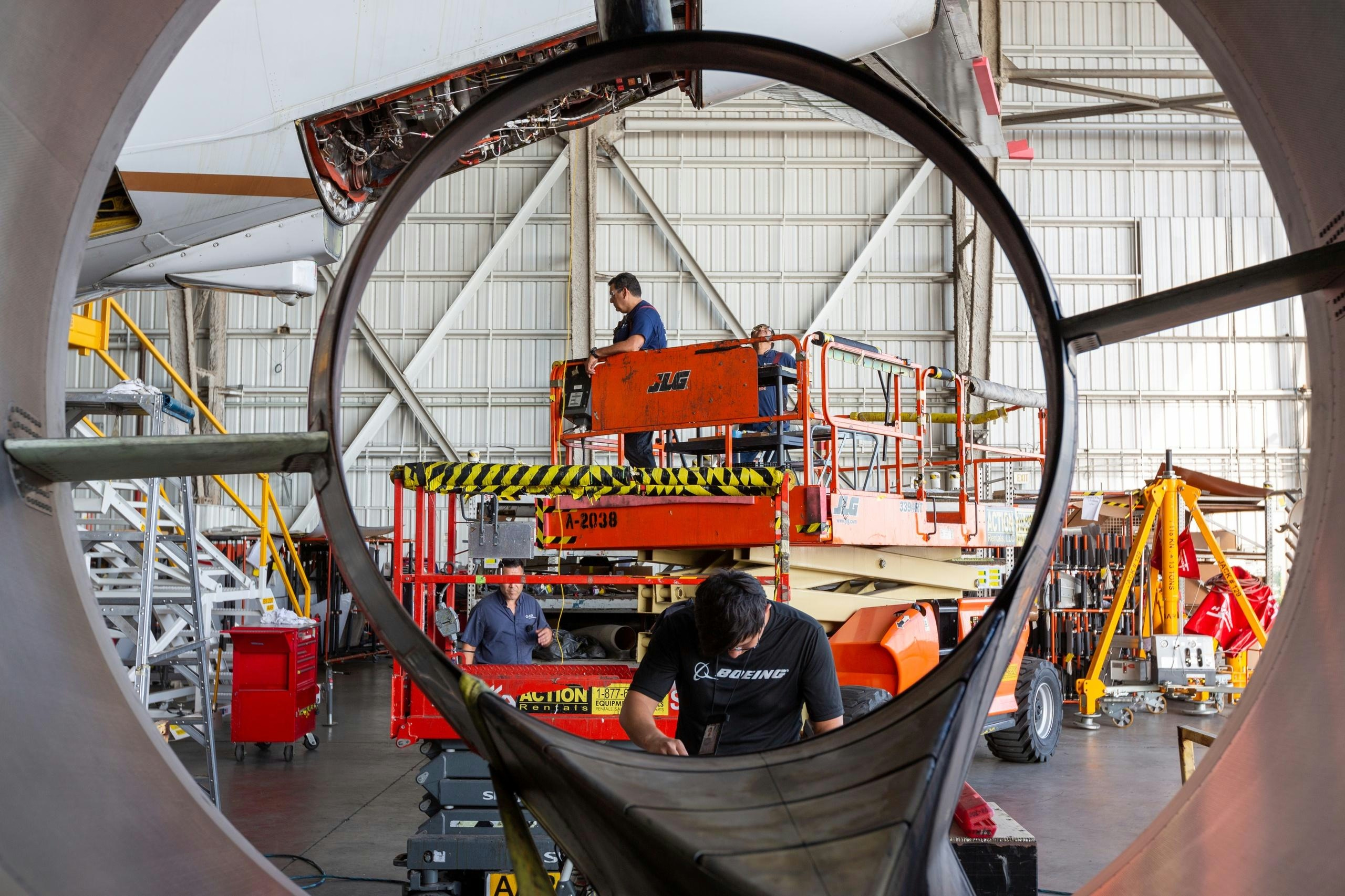
The Aviation Industry Has a Major Supply Chain Problem. Here's How Investors Can Still Win.
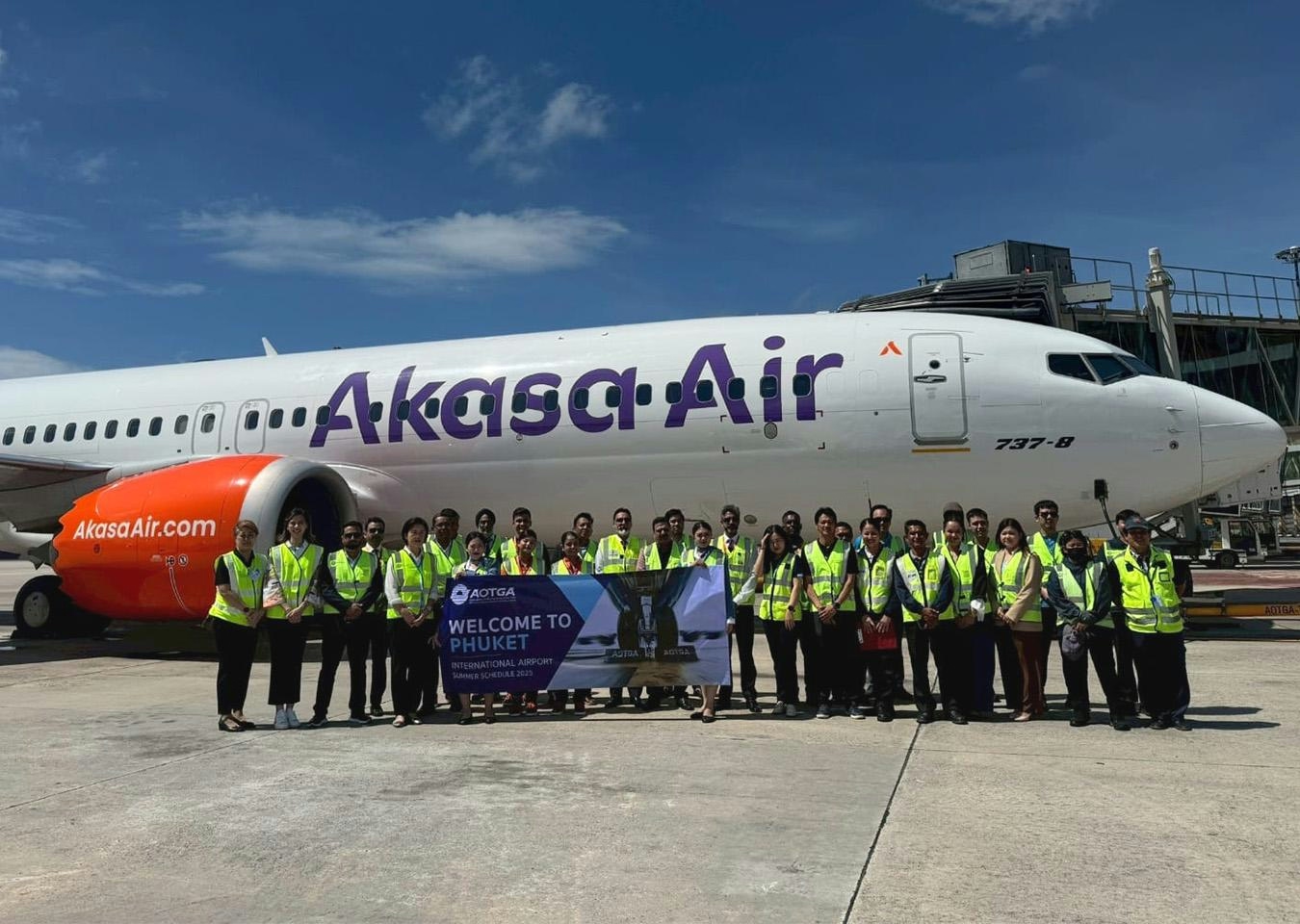
Akasa Air Highlights Sustainable Innovation on World Sustainability Day
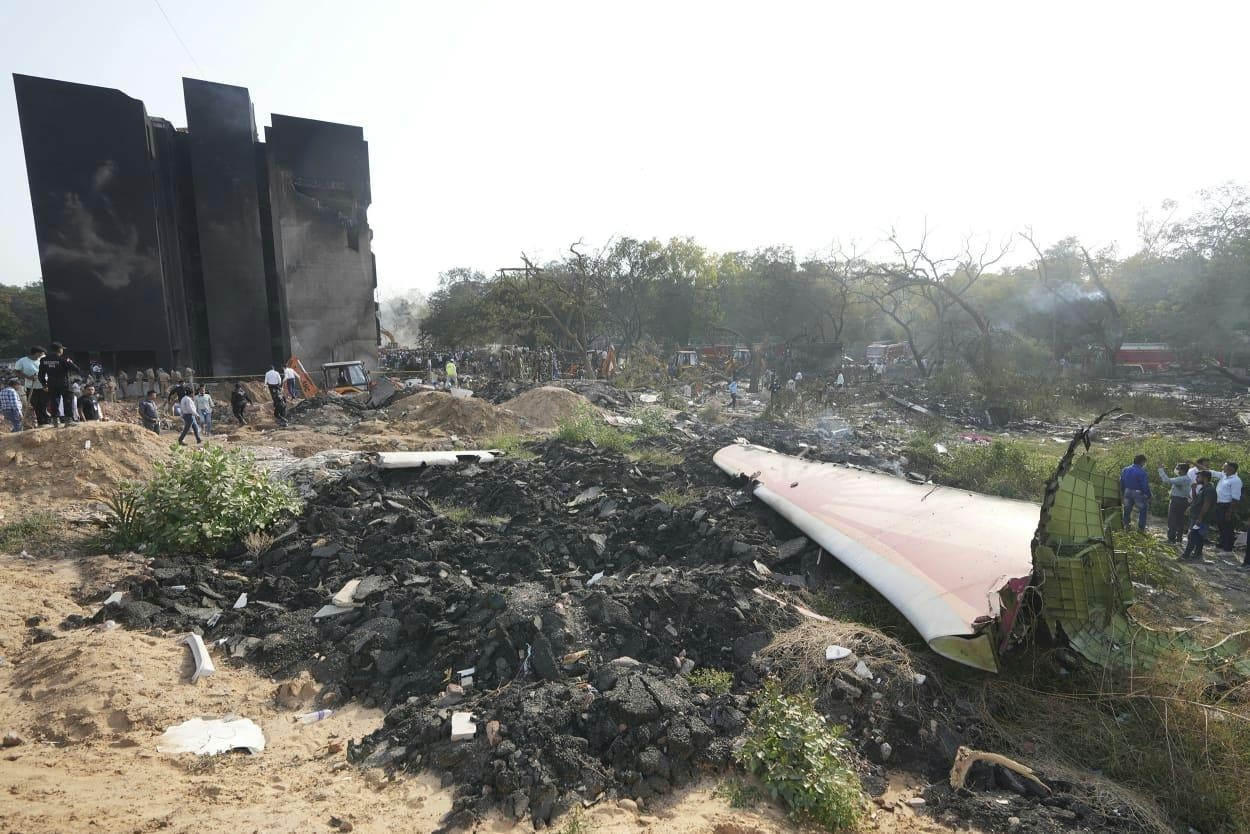
Air India CEO Describes June Crash as Devastating, Vows Support for Victims
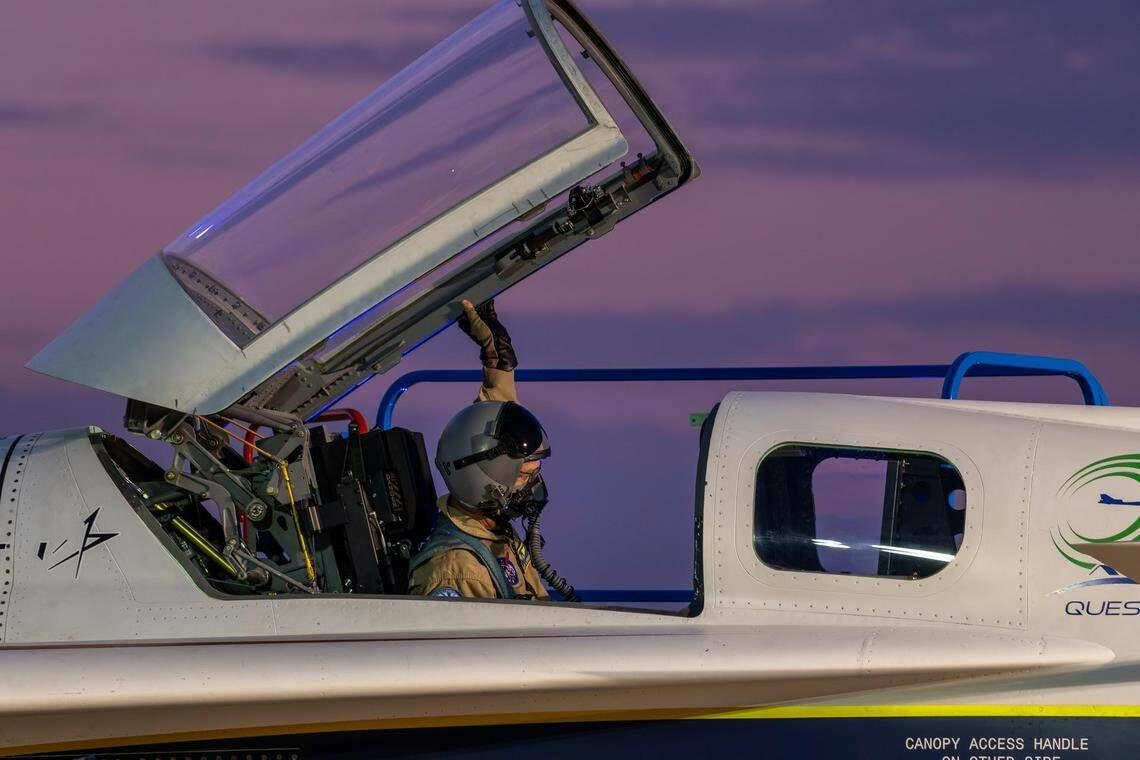
Supersonic X-59 jet soars over California desert in first test flight
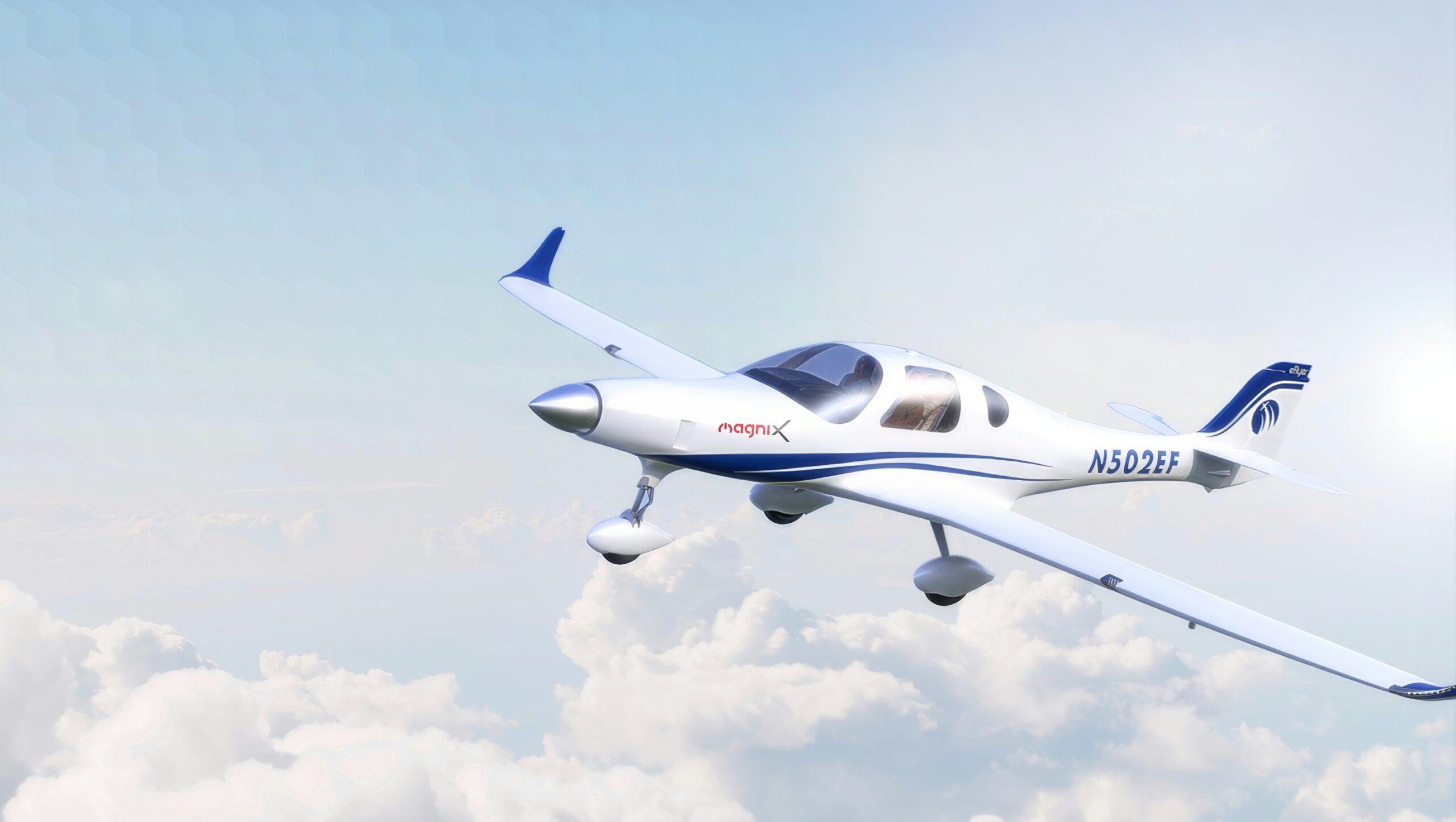
Bye Aerospace Selects magniX Samson Batteries for eFlyer 2 Prototype
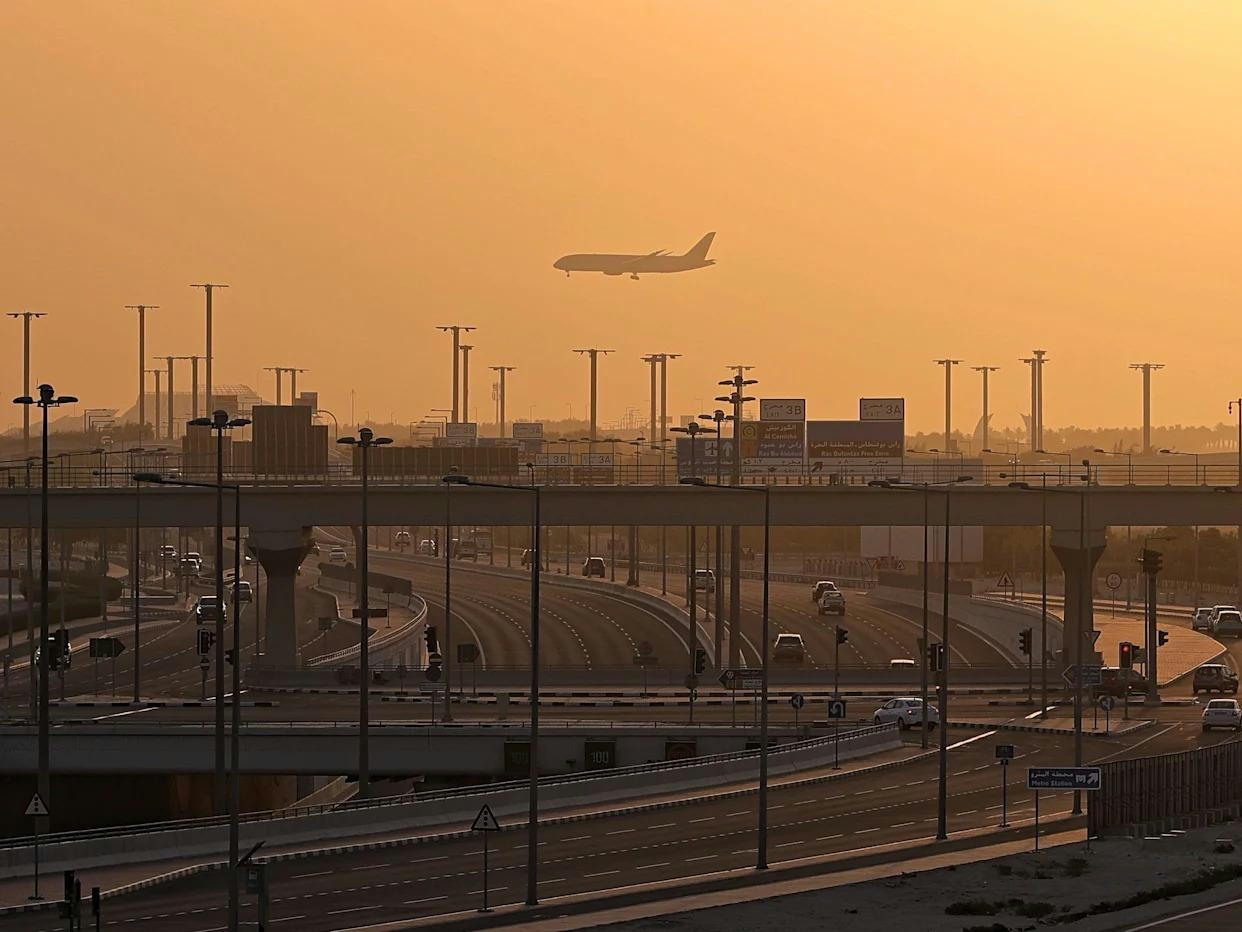
Iran Ranks Among Top Five Countries in Flight Safety Technology
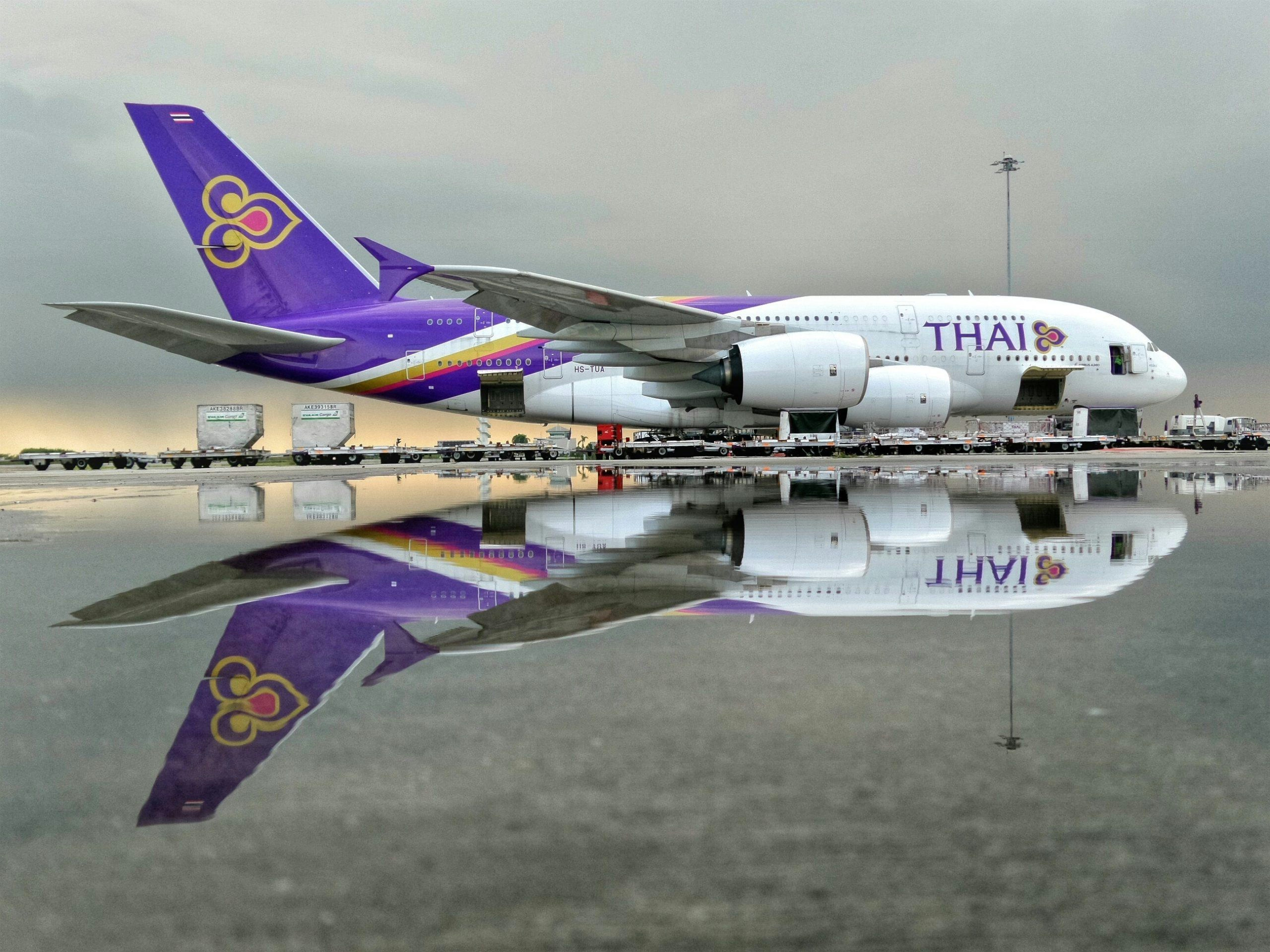
Thai Airways partners with IBS Software for digital upgrade
